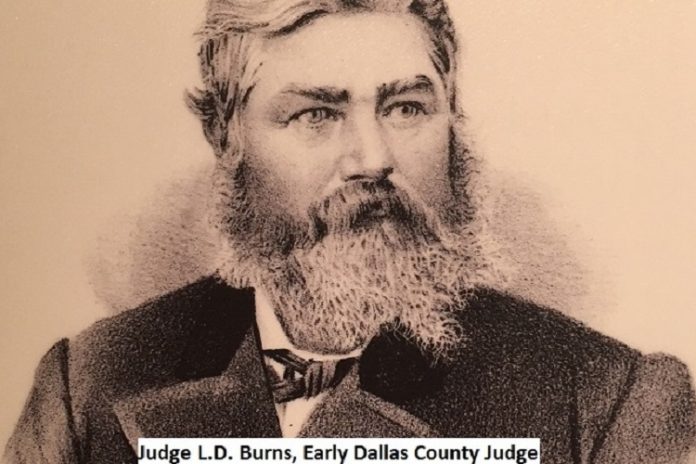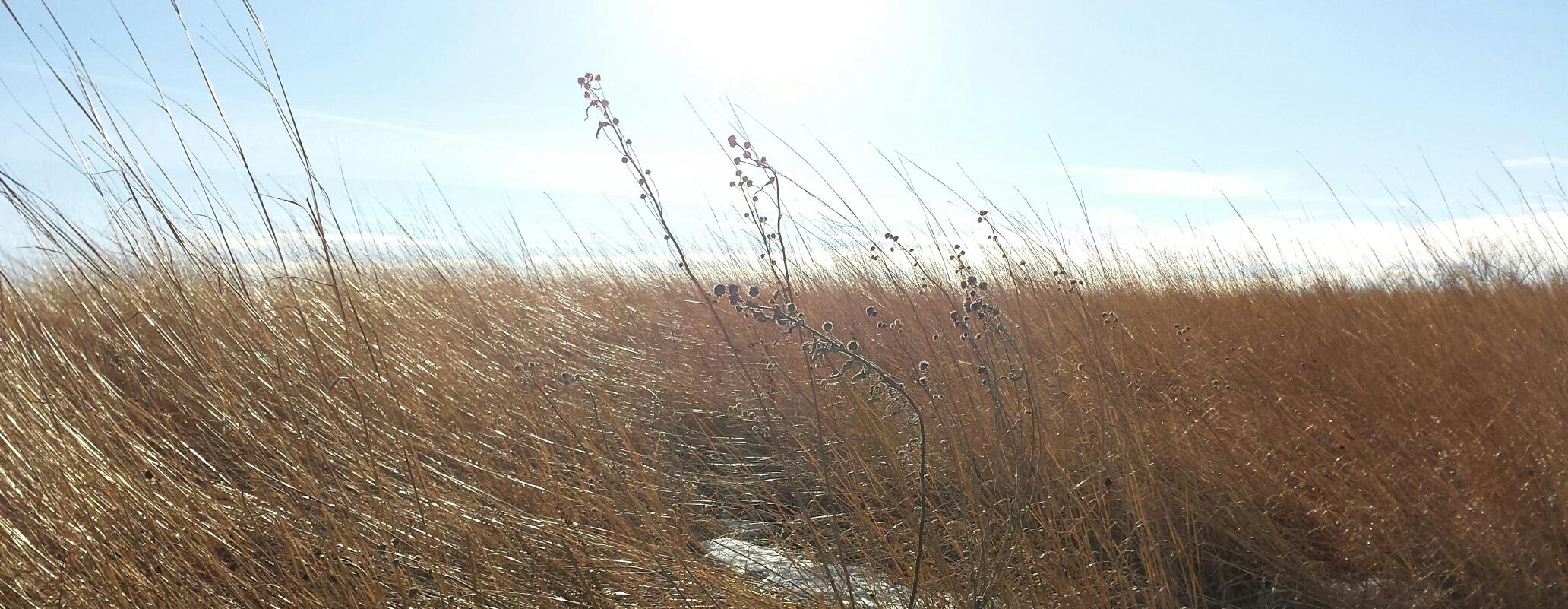
One of the books I constantly refer to when I am changing an exhibit, writing an article or preparing a presentation on a Dallas County history topic is the 1879 “History of Dallas County.”
It is a much more raw, close to the sources and very politically incorrect book than any of the later histories or the town centennial books. The entertainment value of this book is matched by a political incorrectness that some readers find refreshing and others offensive.
This work is definitely a product of the 19th century and one of Dallas County’s most colorful storytellers, Judge L. D. Burns.
After a standard section devoted to early U.S. and Iowa history, with an obligatory section on the U.S. and Iowa Constitutions, the book becomes the product of Judge Burns’s very able storytelling skills in the second half.
Visitors to Forest Park Museum frequently take home handouts I make available with some of his great stories on them.
Burn’s descriptions of the Wright family, one of the earliest settler families, and its semi-mythical patriarch, John Wright, are typical:
“Of John Wright it is said: ‘His rifle and his bottle were his delight and consolation.’ He was brave and reckless, having little sympathy with the ways and customs of civilization; yet generous to a fault, always kind and true to his friends, but to his enemies, bitter, malignant and revengeful. His cousin, ‘Deaf Jim,’ was the skilled mimic of the settlement, who had the power of so accurately personating various persons in their striking peculiarities even on short acquaintance, that the subject was readily recognized. He was, therefore, just the man for sport at a public gathering.”
The taking of game has always been a delight and consolation to the men folk of Dallas County, and Burns’ limns the sport of John Wright with great gusto.
“The capture of elk calves was, in those early days, a favorite pastime, or business, rather, for there were visions of wealth to be derived from their sale. In these adventures John Wright was the natural leader and captain. The outfit consisted of teams and covered wagons sufficient to convey provisions, camp equipage, etc., and to bring home the proceeds of the chase. Cows were taken along to furnish milk for the young elk; sometimes the expedition would be gone a month or more. From Greene County to the head-waters of the ‘Coon was the favorite hunting ground. The hunting was done on horseback. And first the old elk must be found, which was done by looking over the surrounding country from some high point and then with the aid of dogs to thoroughly search thereabout for the hidden calves. These were usually found in the tall grass surrounding the ponds that so abound in that part of the state. When the calf found that he was observed, he would spring from his hiding place and run with the speed of a race horse, and if two or three weeks old it took good ‘bottom’ to overtake him in those bogs and ponds. Many a good farm horse was ruined in the effort; rarely a young calf was captured by springing upon it in its bed.”
Burns’ stories sometimes verge into improbable exaggeration when the semi-sober judge gives flight to his purple pen.
“On one of these excursions, John Wright saw some dark object at a distance and determined to interview it. It proved to be a half-grown black bear. It fled. Wright gave chase, and coming up with it, he aimed, by a flying leap from his horse to grapple with it and prevent its escape. As our hero came down, Bruin turned and received him in a cordial embrace. He was now in his element and glory, and after a protracted struggle, in which one of his hands was badly lacerated, besides getting sundry smaller bites and scratches, he bound his captive and took him in triumph into camp; and subsequently, on his way home, he passed through Adel with this pet and a score or more of young elk. The last known of John Wright he was on his way to the Far West.”
These are just some of Burn’s many stories. Next time you are at Forest Park Museum or one of the county libraries, take a look.

















